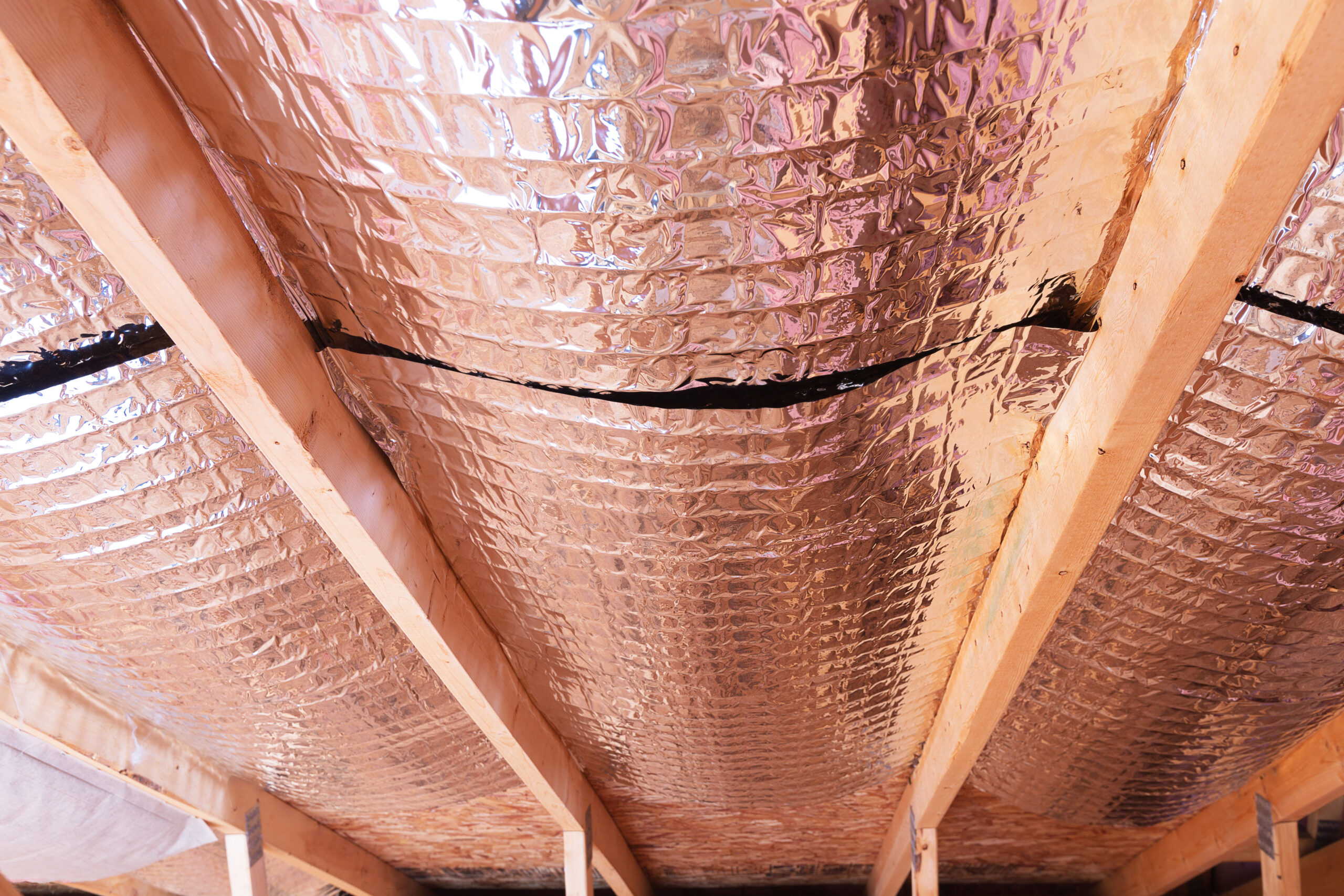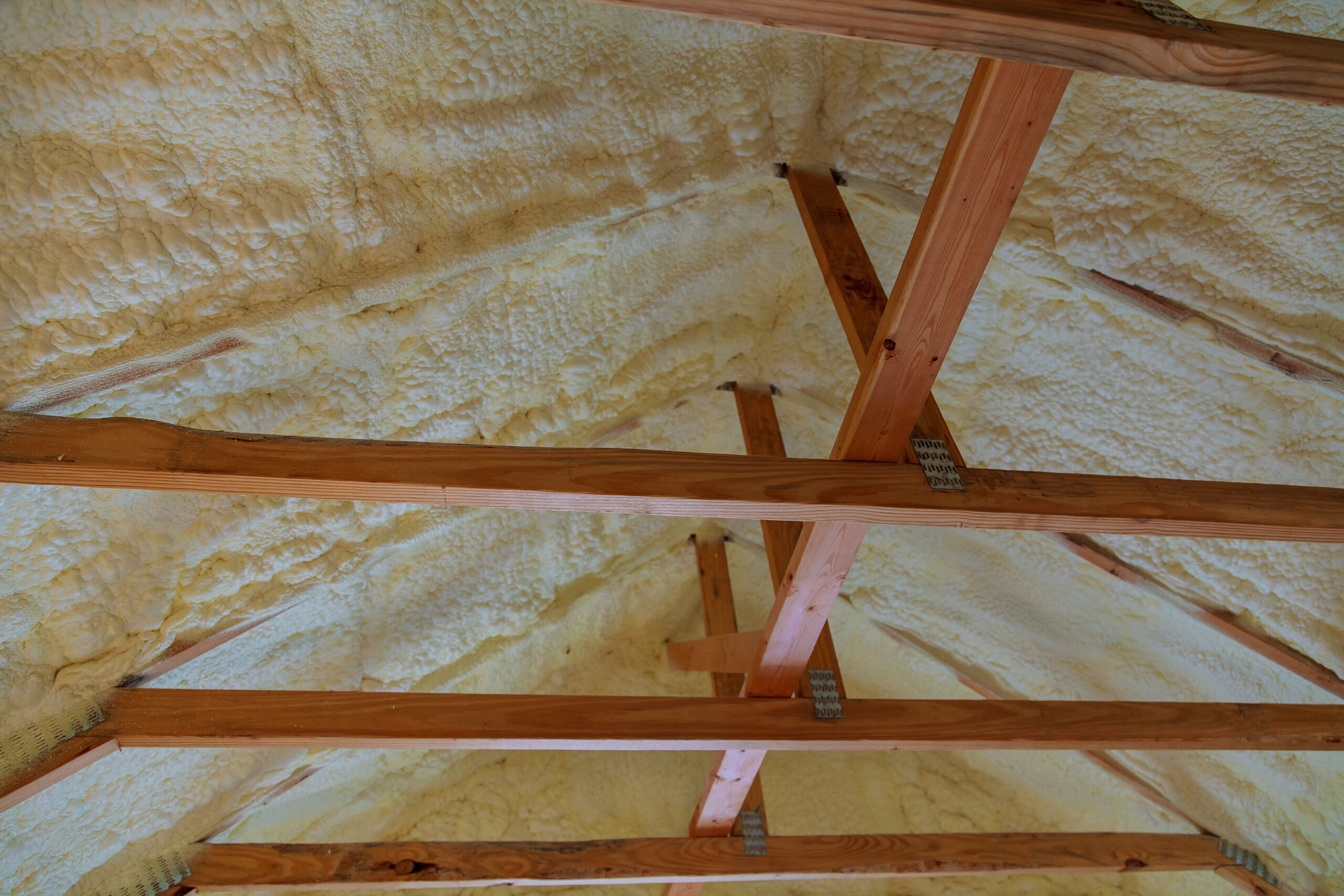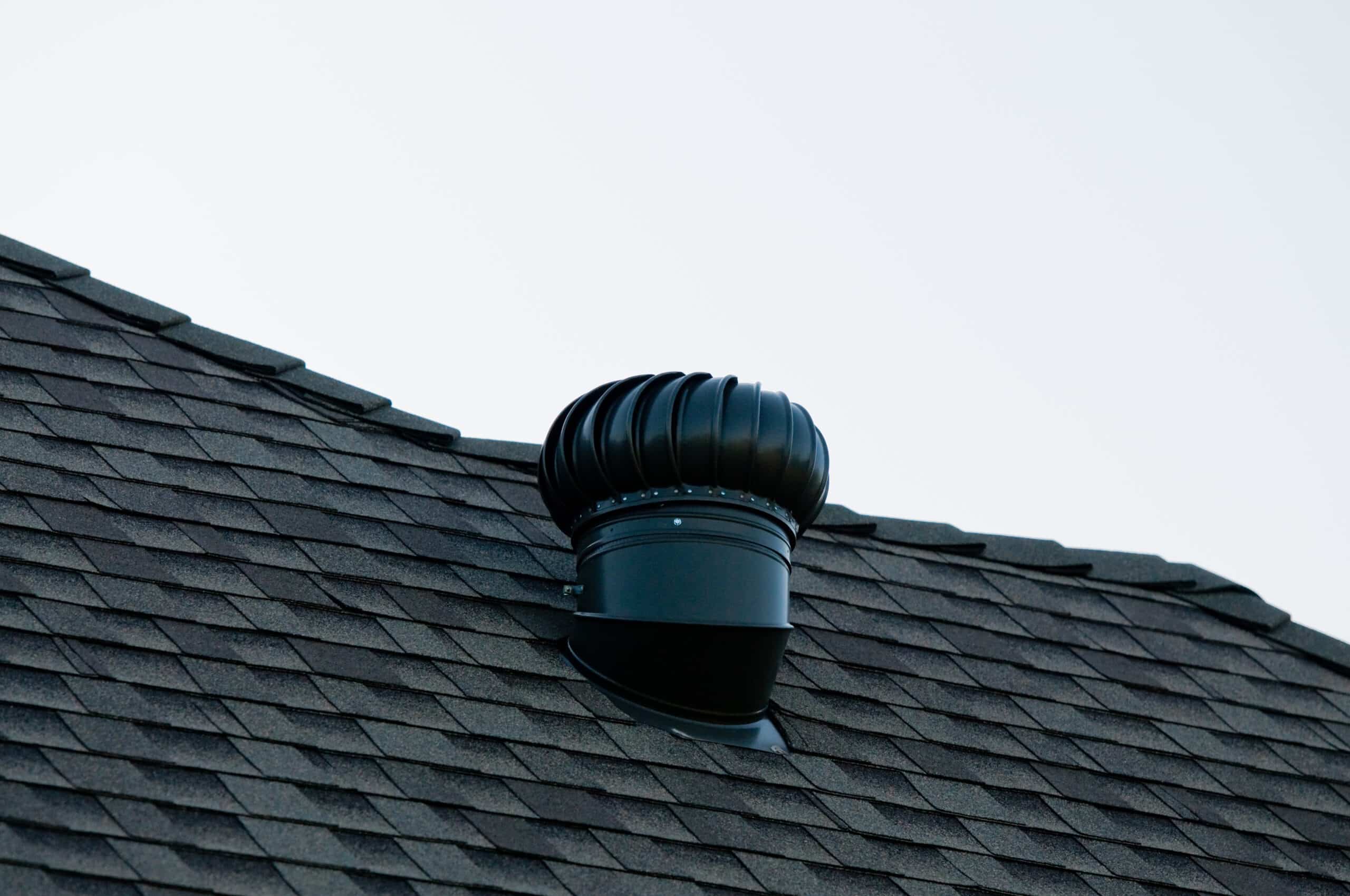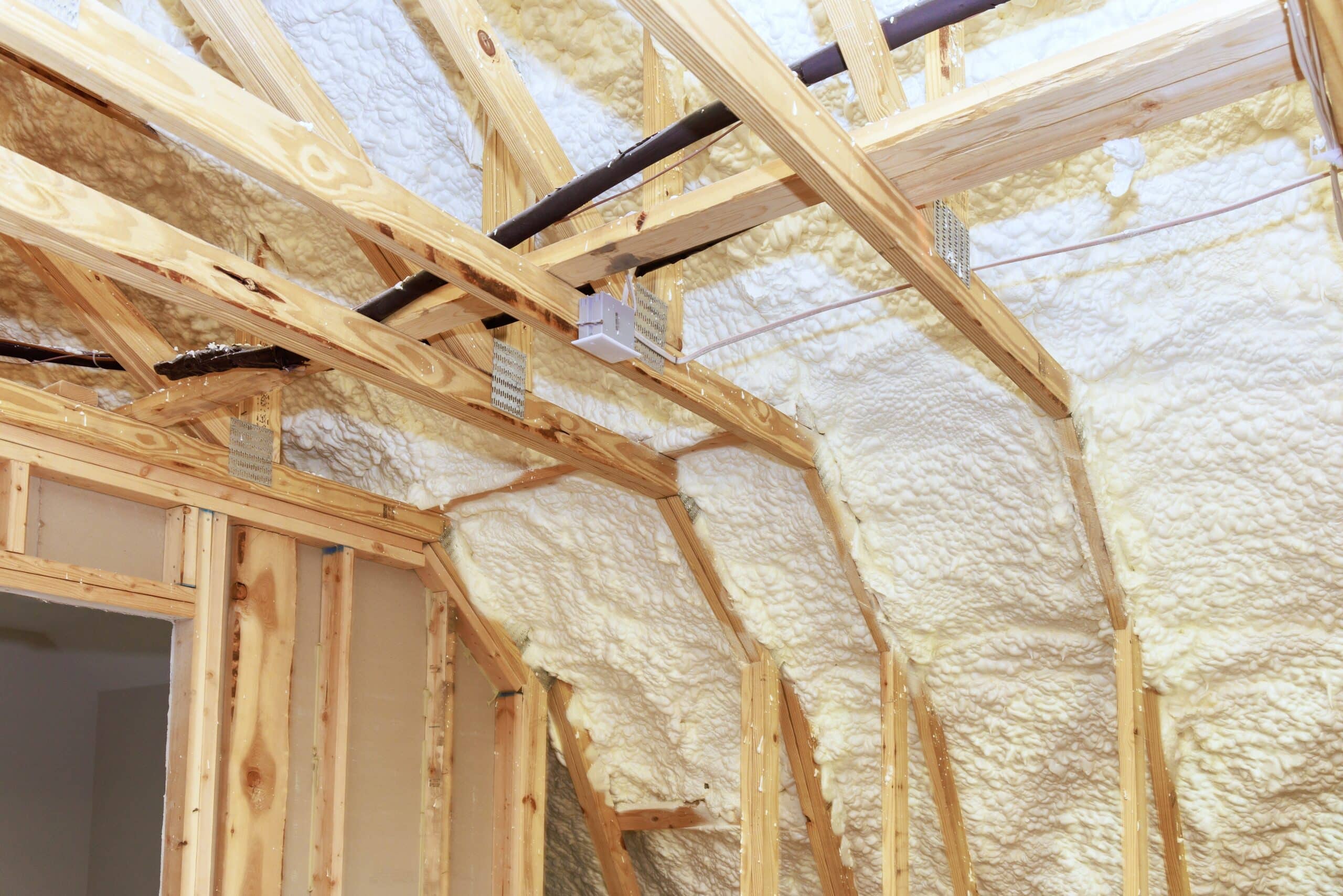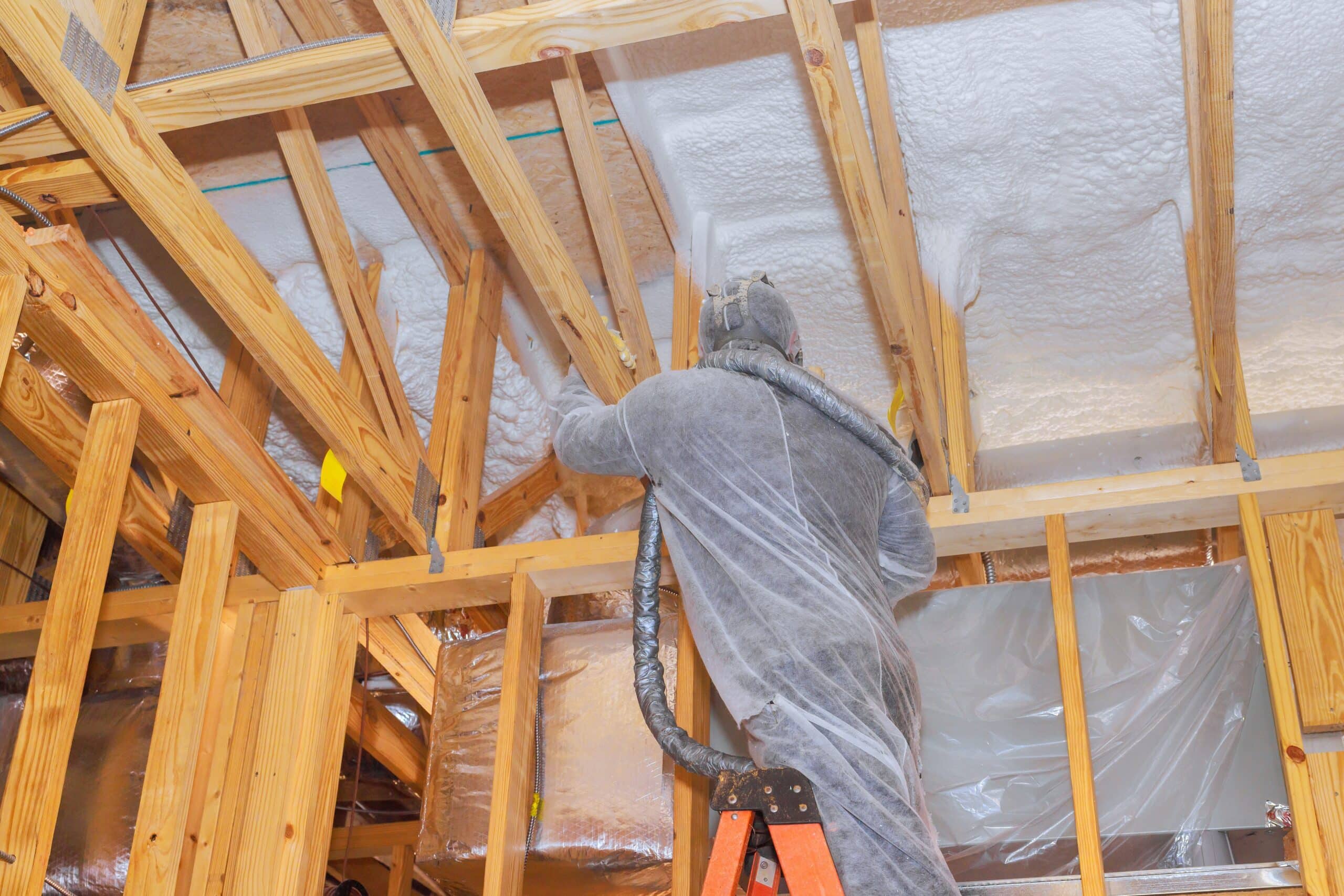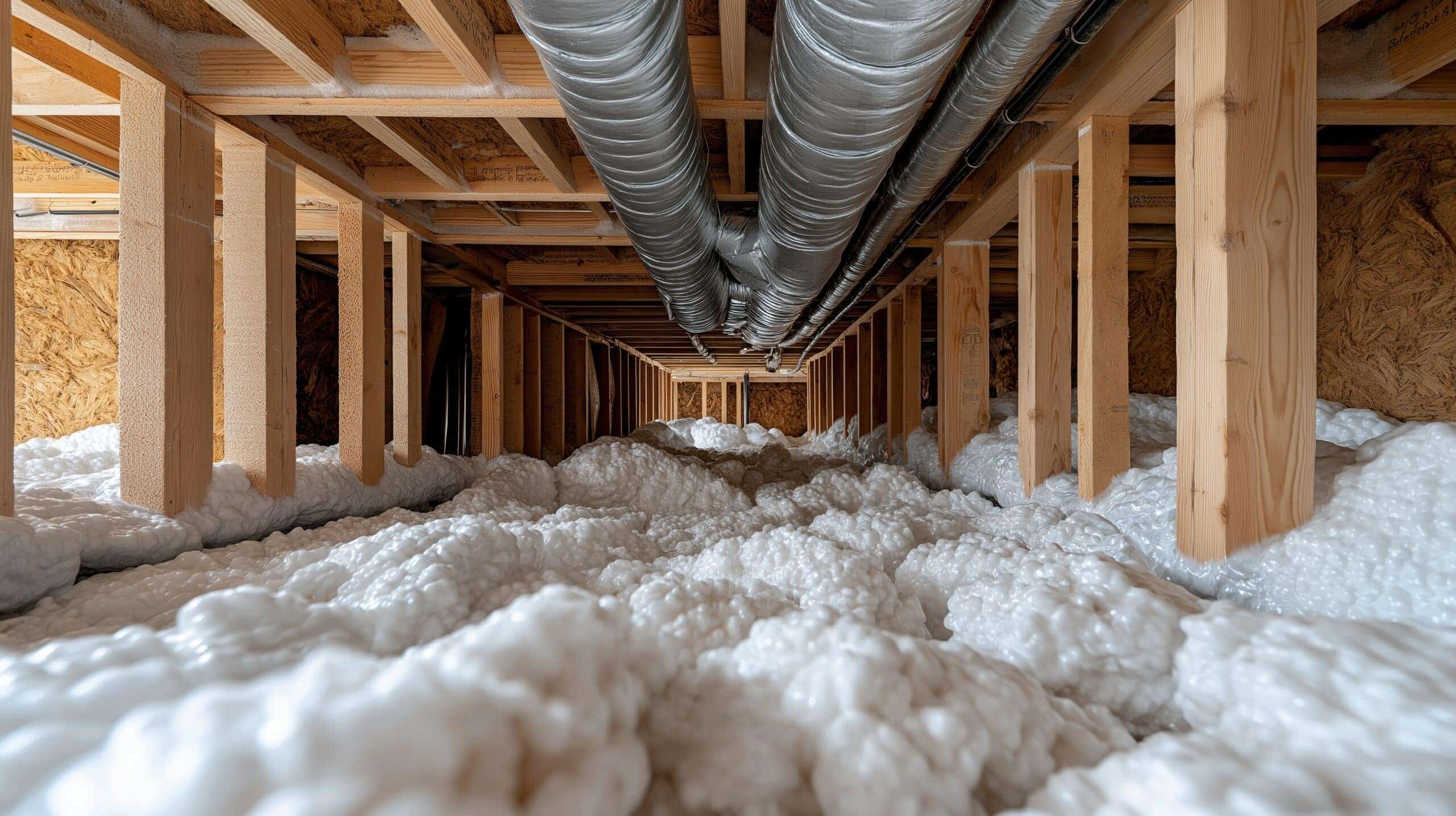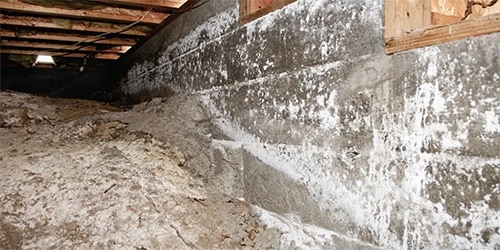
When most homeowners think about maintaining their home, they focus on visible areas like the kitchen, bathroom, or attic. But one of the most overlooked spaces the crawl space can have a major impact on the health and safety of the entire household. Because crawl spaces are dark, damp, and often poorly ventilated, they are the perfect environment for mold growth. That is why crawlspace mold remediation is not just a cosmetic fix but an essential step in protecting both your home and your family.
At Triangle Radiant Barrier, we have seen firsthand how serious crawl space mold can become if left untreated. From poor indoor air quality to structural damage, the risks are too great to ignore. In this guide, we’ll explain why mold remediation in crawl space areas is so important, what the process involves, and how you can prevent the problem from returning.
Understanding Mold in Crawl Spaces
Mold thrives in environments where there are moisture, warmth, and organic material to feed on. Crawl spaces often meet all three conditions. With exposed soil, condensation, and limited airflow, these hidden areas can quickly become a breeding ground for mold.
When mold forms in your crawl space, it doesn’t stay contained. Air from the crawl space often circulates upward into your living spaces, carrying mold spores throughout the home. This is why mold remediation crawl space services are so critical they don’t just remove visible growth; they protect the entire house from contamination.
Why Crawlspace Mold Remediation Matters
1. Protecting Indoor Air Quality
Nearly 40–50% of the air in your home comes from the crawl space. If that air contains mold spores, your family may experience allergy-like symptoms, asthma flare-ups, or other respiratory issues. Crawlspace mold remediation removes these contaminants at the source, ensuring cleaner and safer air indoors.
2. Preventing Structural Damage
Mold doesn’t just grow on surfaces; it eats away at organic materials like wood and insulation. Over time, this can compromise floor joists, beams, and other structural elements. Early mold remediation in crawl space areas can save homeowners from costly repairs down the road.
3. Reducing Moisture and Odors
Musty odors in the home often originate in the crawl space. Mold combined with moisture creates unpleasant smells that can spread throughout the house. By addressing the problem through mold remediation crawl space services, you eliminate the source of both the smell and the excess moisture that feeds it.
4. Supporting Long-Term Energy Efficiency
Moist crawl spaces also affect insulation and HVAC efficiency. Mold-damaged insulation loses its effectiveness, causing energy bills to rise. By restoring and protecting the crawl space, you also protect your home’s energy performance.
The Mold Remediation Process in Crawl Spaces
Effective crawlspace mold remediation involves more than spraying a disinfectant. A professional process is designed to not only remove mold but also to address the conditions that allow it to thrive.
Step 1: Inspection and Assessment
A detailed crawl space inspection identifies the extent of the mold problem, the type of mold present, and the moisture sources contributing to growth.
Step 2: Containment
To prevent spores from spreading to other areas of the home, professionals seal off the crawl space during treatment.
Step 3: Removal of Mold-Infested Materials
In some cases, mold may penetrate deeply into wood, insulation, or drywall. These materials may need to be removed and replaced.
Step 4: Cleaning and Treatment
Specialized cleaning solutions and equipment are used to remove mold from surfaces. This may include sanding, soda blasting, or antimicrobial treatments.
Step 5: Moisture Control
Since mold cannot grow without moisture, addressing water intrusion is a key step. This may involve sealing vents, repairing leaks, or installing vapor barriers.
Step 6: Encapsulation (Optional but Recommended)
Many homeowners choose to encapsulate their crawl space after remediation. Encapsulation involves sealing the entire area with a durable vapor barrier, which locks out moisture and creates a clean, controlled environment.
Common Causes of Crawl Space Mold
To fully understand why mold remediation in crawl space areas is needed, it helps to know what causes mold in the first place. Common culprits include:
- High humidity: Warm, humid air enters the crawl space and condenses.
- Plumbing leaks: Drips from pipes can create damp conditions ideal for mold.
- Poor ventilation: Lack of airflow allows moisture to accumulate.
- Exposed soil: Bare ground adds moisture to the air and encourages mold growth.
- Flooding or groundwater seepage: Standing water creates ideal mold conditions.
Addressing these issues after remediation is key to preventing mold from coming back.
Prevention Tips After Mold Remediation
Once crawlspace mold remediation has been completed, homeowners should take steps to prevent future problems. These include:
- Install a vapor barrier: Seals the ground and walls to keep out moisture.
- Improve drainage: Ensure gutters and downspouts divert water away from the foundation.
- Seal air leaks: Keep humid air from entering the crawl space.
- Use a dehumidifier: Maintain proper humidity levels year-round.
- Schedule inspections: Regular professional checks help catch issues early.
By following these steps, you can extend the benefits of your mold remediation crawl space treatment and maintain a healthier home.
The Role of Triangle Radiant Barrier
At Triangle Radiant Barrier, we specialize in protecting homes from the hidden dangers of crawl space mold. Our team uses proven strategies for mold remediation in crawl space environments, combined with long-term solutions like encapsulation and moisture control.
We understand that every home is unique, so our process begins with a thorough inspection and customized recommendations. By addressing both the mold and its root causes, we help homeowners achieve lasting results.
Conclusion
Mold in the crawl space is more than just an inconvenience—it’s a serious threat to your home’s air quality, structural integrity, and long-term value. That is why crawlspace mold remediation is such an essential service for homeowners. By removing mold, addressing moisture issues, and investing in long-term solutions like encapsulation, you can protect your home and create a healthier environment for your family.
At Triangle Radiant Barrier, we believe in proactive solutions that go beyond temporary fixes. With expert mold remediation crawl space services, we help homeowners in North Carolina enjoy cleaner air, stronger homes, and peace of mind.
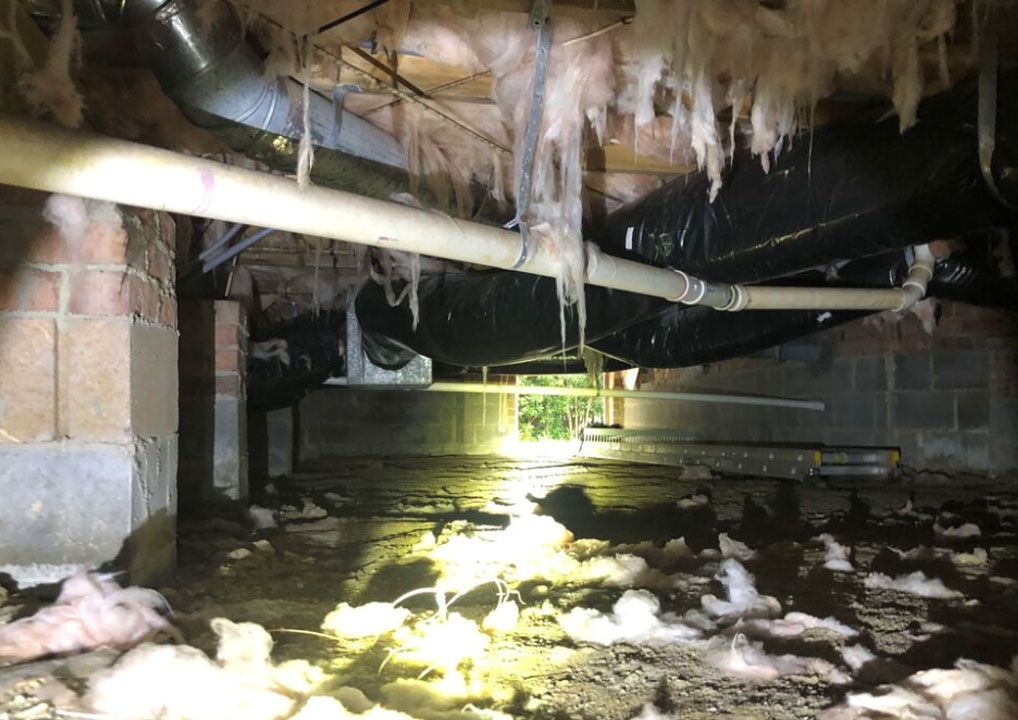
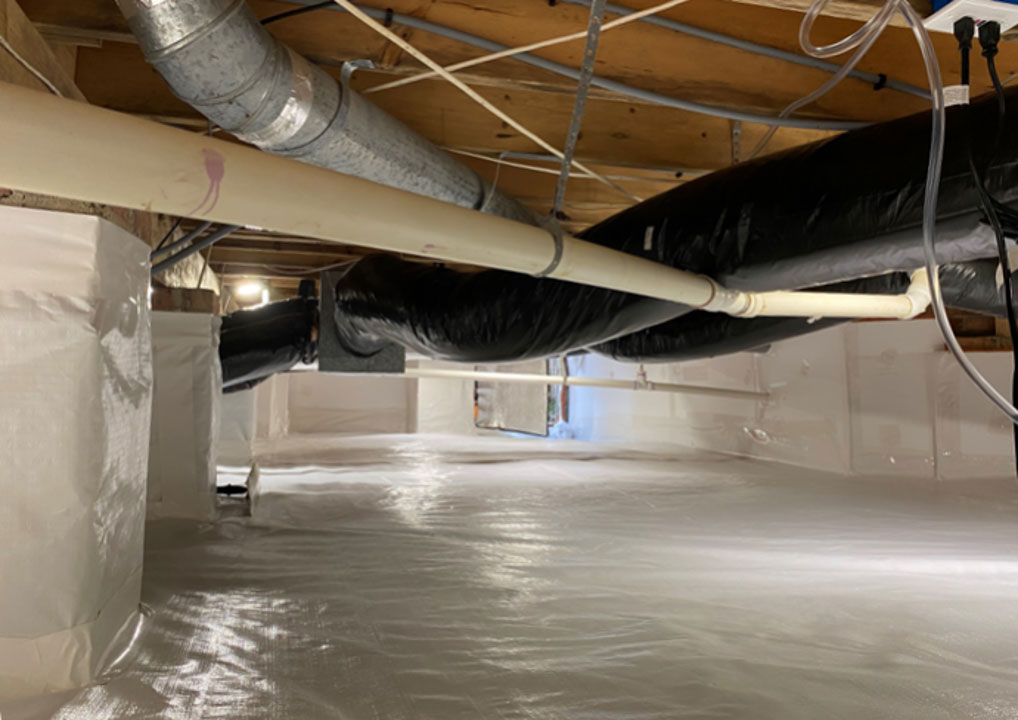
FAQs (Frequently Asked Questions):
Why does mold grow in crawl spaces?
Mold grows in crawl spaces because they are often damp, dark, and poorly ventilated. These conditions create the perfect environment for mold spores to thrive.
How do I know if I need crawlspace mold remediation?
Signs include musty odors, visible mold on wood or insulation, allergy symptoms indoors, and excessive moisture in the crawl space.
Can I do mold remediation in crawl space areas myself?
While small patches of mold may be cleaned with household products, large-scale infestations should always be handled by professionals to ensure safety and thorough removal.
How long does mold remediation crawl space treatment take?
The timeline depends on the severity of the mold, but most projects can be completed within a few days.
Is crawl space encapsulation necessary after mold remediation?
While not always required, encapsulation provides long-term protection by preventing moisture intrusion, which helps keep mold from returning.

